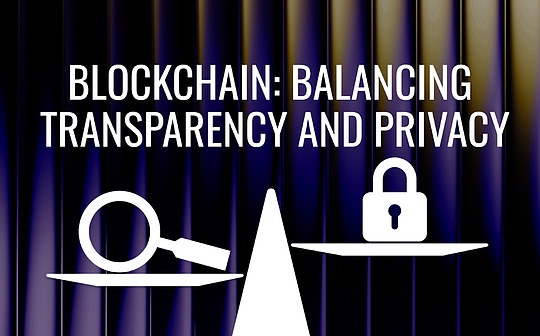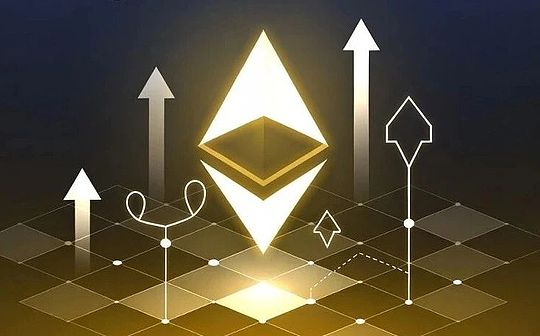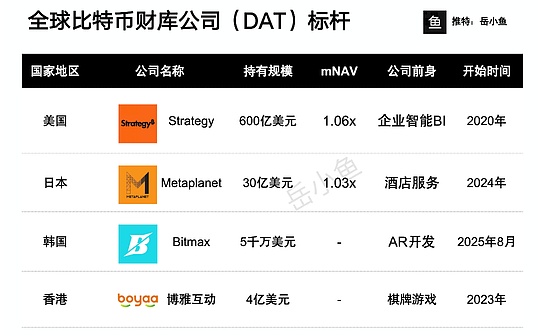
Source: Lightning HSL
I think the concept of fund pool has always been an underestimated concept.Clearly defining the concept of accurate capital pool is very important for the mixed currency circle.studyDeFi, The fund pool may be the best key. Any new user who wants to enter this field should understand the fund pool at the first stop.
In a centralized exchange like Binance, a trading pair takes the form of an order book, such asETH-usdt, is the position where both parties to the transaction place an order, and the seller and the buyer are each other’s opponents.This is the transaction form we are familiar with.
And on the decentralized exchange dexIn the buyer and seller’s counterparty are something called a fund pool.The fund pool is to throw two tokens that are traded together into a “pool”. The specific amount of these two tokens in this pool meets the specific price curve requirements to change. This isAMMalgorithm.
This is dexThe most core thing in the liquidity capital pool.Let us define specifically what is a liquidity fund pool, or what are the core elements that make up or define a specific liquidity fund pool.
To thoroughly understand the fund pool, you can ask three questions:
1.Who puts the funds into the pool?
2.How to deal with this money in the agreement?
3.How do returns and risks be allocated in the fund pool?
For the vast majorityDeFIf you can answer these three questions clearly, you will basically be an expert in this project.
However, in order to be able to match aDeFiWhen the project is truly included in your financial management or use, we should define the fund pool more carefully.
For a fund pool, it can be split into five elements:
1.Funding components.
for exampleuniswapThe fund pool in one group contains twoerc20Tokens to form a trading pair (pAir).pictureCurveThere will be a three-coin pool.
Similarly, for borrowingeFiProjects can actually be viewed from the perspective of fund pools.for exampleaaveIt can be divided into supply pools and liability pools, and it can also be seen from what components are in the pool.
2.The role that interacts with the fund pool to define the supply and demand role of the fund pool.
For example, uniswapThe fund pool can define transaction users and fund pool provider users.This element can make thisdefiWhere does the real profit of the product come from?If you participate in adefiIf you don’t understand this element, you will definitely be a leek.
3.Change or is an algorithm that restricts changes in components in the fund pool.
The classic one isUniswapofAMMcurve.Various dexIn fact, they are all modifying this algorithm that changes the components of the capital pool, and variousMMThe essence of the curve is a little bit of change in this algorithm.
The parameters of interest calculation, mortgage rate and liquidation conditions of lending agreements are also algorithms that restrict changes in the component of the fund pool.
4.The allocation of benefits and costs of the agreement.
The distribution of benefits and costs belongs to the above3part of the algorithm.But this is very important and deserves further refinement.
for exampleuniswapofAMMThe algorithm is the transaction fee contributed by the transaction user100%Give to the fund pool provider, and most of the dex will be distributed to the project party.
Interest distribution in lending agreements is also one of the most important parameters.
5.Finally, there is another part, which may not be very concerned about, is governance.
Mainly how to adjust the protocol parameters, now variousDThe governance of ao is all about project parties sending proposals and then holding coin holders come to vote.
More complicatedeFiThe agreement can be analyzed from these five elements.
pictureuniswap v4Version ofhook, I saw that a lot of people on the Internet wrote articles and popular science, it was difficult to understand, but in fact, you can understand it from Chi Zi’s perspective.
Uniswap V2’s fund pool components are two types of ERC-20 tokens. As long as the tokens are the same, it is the same pool.This means that for each token pair (such as ETH/USDC), Uniswap V2 has only one pool, and all transactions are conducted in this pool, with a fixed fee of 0.3%.
Uniswap V3 introduces more flexibility.In addition to the handling fee division, V3 has added four handling fee options: 0.01%, 0.05%, 0.3% and 1%.This means that for the same pair of tokens, users can choose different handling fees to form different fund pools.V2 only has one 0.3% fee, while V3 allows adjustments to rates based on different transaction needs.
In addition, V3 also introduces centralized liquidity, allowing LPs to choose price ranges that provide liquidity, further optimizing the efficiency of the fund pool.This is an algorithmic adjustment to the components of the fund pool, but these algorithms are officially defined by Uniswap, and LP can only provide liquidity within these preset ranges.
Compared with V3, the most significant change in Uniswap V4 is the customization of handling fees.V4 allows users to set almost unlimited fees options for the same pair of tokens, breaking the limit of four fixed rates in V3.This means that two identical token pairs can create multiple different fund pools in V4, depending on the different settings of the handling fee.
In addition, V4 also introduced a Hook mechanism, making the components and algorithms of the fund pool more flexible.V4 allows users to add a custom algorithm, namely, Hook, after the original x * y = k constraint, to further change the behavior of the fund pool.Each fund pool can only have one Hook, so different Hooks will create different fund pools even with the same token pair and the same fee settings.
V4The version may make the fund pool unlimited data.
solOn one of the biggest projectspump.fun, it is also clear from the perspective of the capital pool.
Pump.funThe biggest innovation is the algorithm that integrates coin issuance and minting initial fund pools.
During the issuance of coins, the usermintThe principal paid by the currency will be minted into a capital pool after the issuance of the currency, so as to make up for the insufficient liquidity of most coins. If a new currency is successfully issued, there will be sufficient capital pool for everyone to bet.
In fact, carefully study these vast amounts of deFiProtocols, finding the design details of their fund pools, are a good way to find arbitrage strategies.







